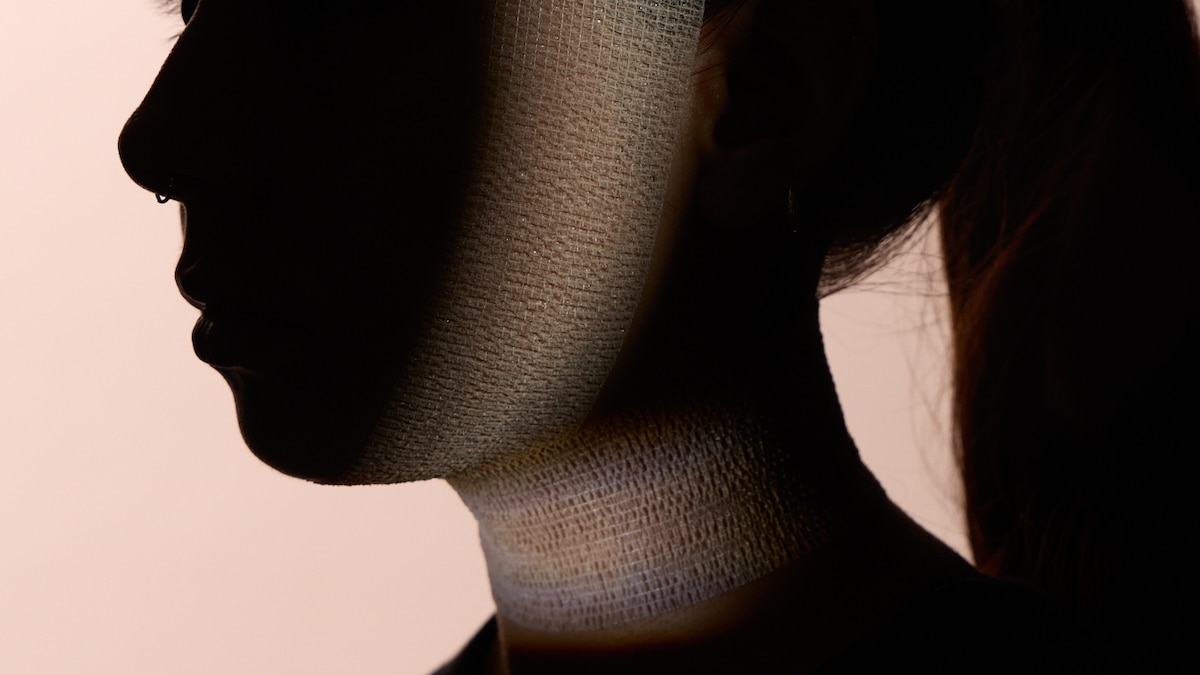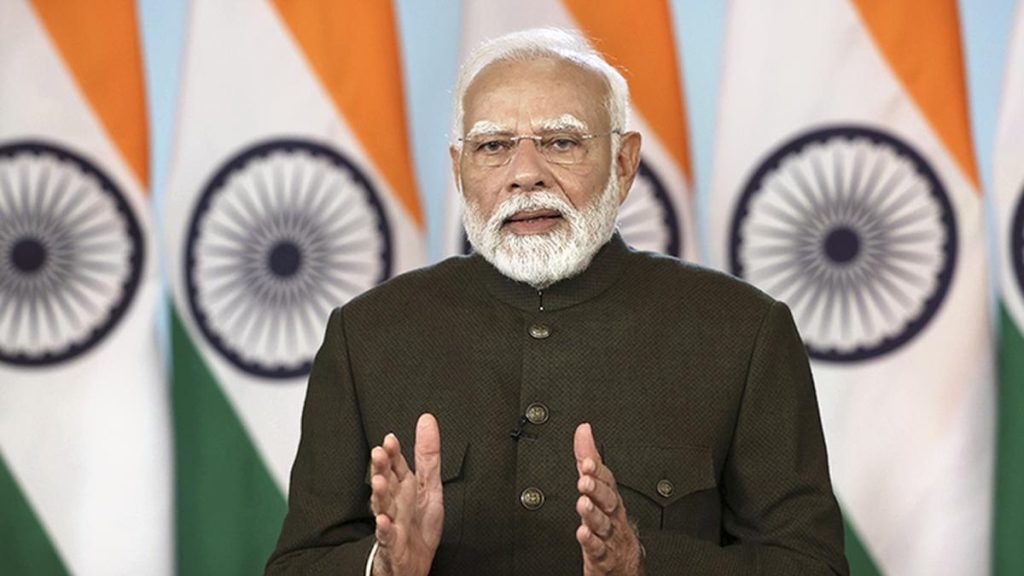Now Reading: Face Wraps for Jawline: Do They Live Up to the Hype?
-
01
Face Wraps for Jawline: Do They Live Up to the Hype?
Face Wraps for Jawline: Do They Live Up to the Hype?

Fast Summary
- Face wrapping, once used primarily in post-surgical care, has gained popularity in the beauty world for its claimed benefits such as jawline sculpting and reducing bloating.
- Experts state that any visible changes caused by face wraps are temporary, achieved through compression-induced movement of lymphatic fluid.
- Medical professionals warn against overly tight compression, wich can harm skin health by restricting blood flow or exacerbating dermatitis and acne.
- Lasting improvements to sagging skin require collagen alteration or surgical intervention; face wrapping alone does not achieve this.
- While low risk when used cautiously, wraps should be cleaned regularly to avoid irritation or infection.
- Alternative methods like lymphatic drainage massages, facial exercises, retinoid serums, and professional-grade treatments are suggested for sustainable results.
Indian Opinion Analysis
India’s growing beauty-conscious middle class may find trends like face wrapping tempting due to thier low-cost appeal and promises of quick fixes. Though, understanding the limitations of such methods is crucial. Reliance on short-term cosmetic solutions could divert attention from scientifically proven skincare practices that promote long-term health.
The rising interest in non-invasive procedures mirrors India’s trend toward preventive wellness rather then remedial healthcare solutions.Professionals emphasize evidence-backed remedies like retinoids and reinforced lifestyle changes (e.g., sun protection) as better investments.
As India diversifies its aesthetic industries-from DIY hacks proliferating on social media to advanced medical-grade techniques-it will be vital for consumers to navigate such options critically while prioritizing safety standards over fleeting effects.




























